
The La Chi cultivate wet rice on terraced fields and raise cattle and poultry according to their old ways. Their traditional crafts include cotton weaving and indigo dyeing. They live in stilt and earthen houses gathered in hamlets of a distinct architectural style.
The La Chi dress simply. Men wear five-flip gowns stretching down to their knees accessorised by bracelets. Women wear a four-flip blouse, waist band, skirt, headdress and earrings.
The La Chi has distinct cultural features. Each clan owns an exclusive set of drums and gongs used for festivities and worship. Children adopt their father’s surnames. At weddings, the groom’s family pay the bride’s family a certain amount of money in return for nurturing the bride until her marriage.
The ethnic group observe many lunar seasonal festivities, such as rituals praying for rice seeds, post ploughing, new rice, and the Traditional Lunar New Year Festival or Tet. Their festivities and rituals are closely connected to agricultural practices. Their New Year celebrations fall in February and are held in a common worshipping house to ask for productive rice seeds and a bumper crop. Follow-up festivities and rituals bear religious and cultural significance and are highly symbolic.
Director of Son La Culture and Information Department, Doctor of Ethnology, Tran Huu Son, describes one such ritual, "Ritual attendees prepare four square rations of glutinous rice coloured in red, yellow, black and white with four pieces of buffalo meat. These are accompanied by two buffalo horns filled with wine. The ritual aims to invite ancestors’ spirits home while praying for smooth cultivation of rice. When the ritual is over, the father in the family puts on a conical hat and takes with him a stick made to a sharp point and curved like a buffalo horn. The mother carries on her back a basket of rice and their children take the family’s offerings to their newly reclaimed terraced field. Wine is poured out of the buffalo horns before planting the rice amidst prayers for a more plentiful crop than in previous years."
The La Chi population will celebrate their biggest ritual in March when they worship the Snake and Sun genies once every 13 years. An ox is used as sacrifice and five-colour steamed glutinous rice is offered. Prayer rituals, which last two days, are attended by a male representative of each family. When the ritual is over, beef from the sacrificed ox is distributed to all households to eat at the worshipping place.
Young men and women enjoy singing to the accompaniment of special musical instruments including drums, gongs, and 3-string or lip instruments. Local festivals often draw the participation of many people in diverse sports and games.
La Chi children are encouraged to attend school where they learn the local dialect and the Vietnamese language. With intensive care and input from the government, the ethnic group’s living conditions have improved considerably.
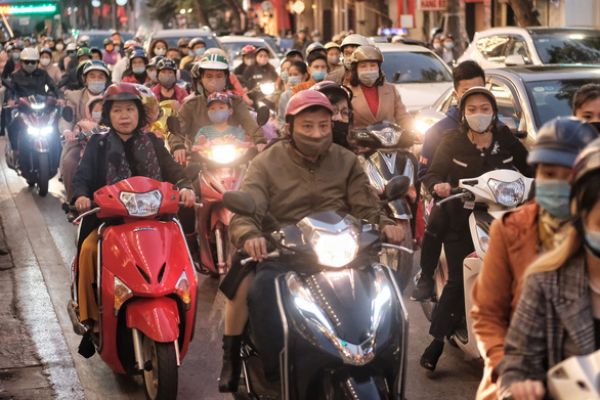
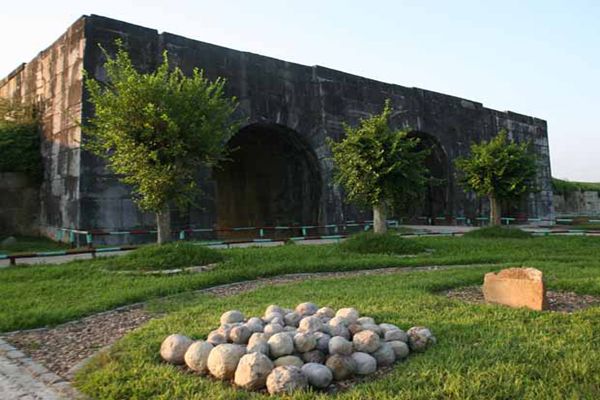




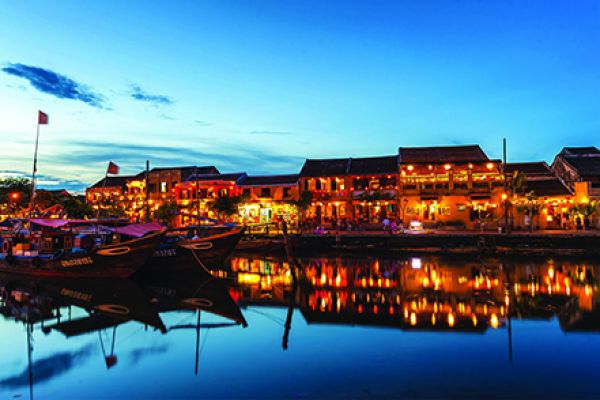
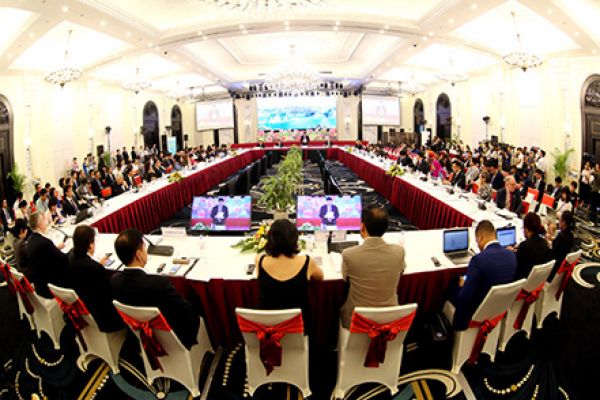

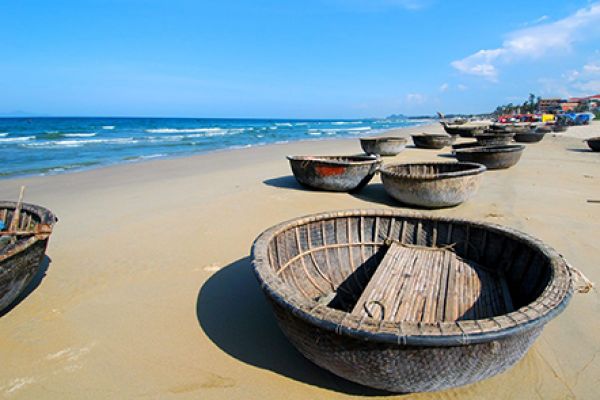
(84-63) 3 826042 – (84-63) 3 511142
No 54 Nguyen Dinh Chieu, Ham Tien Central Mui Ne Beach Binh Thuan Vietnam
523 To Hien Thanh District 10 Ho Chi Minh City Vietnam
Ha Long Halong City Quang Ninh Vietnam
A13 Hung Thong 2 Halong City Quang Ninh Vietnam




